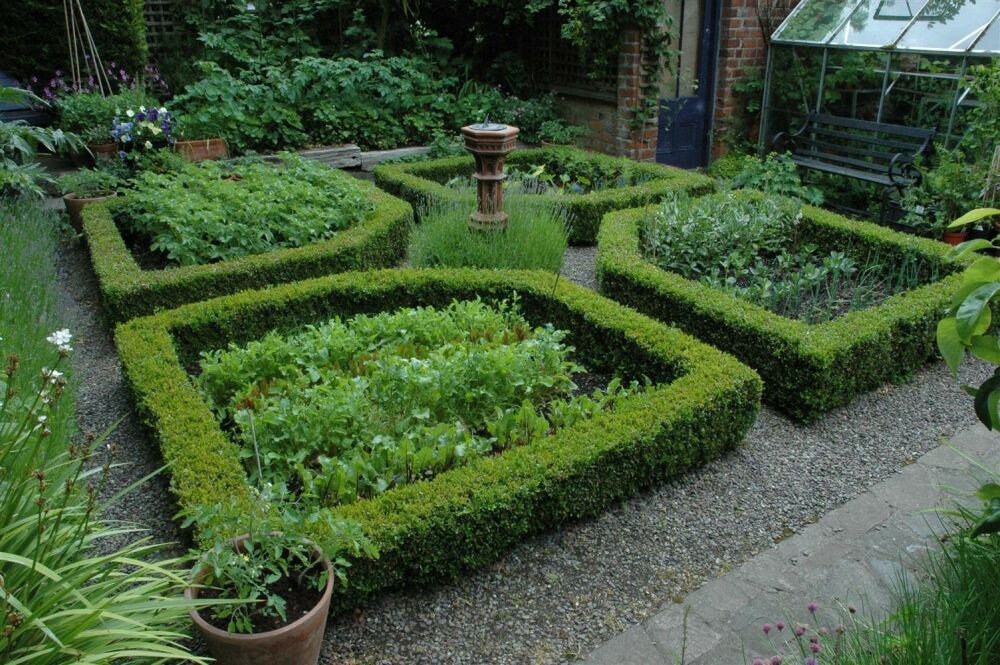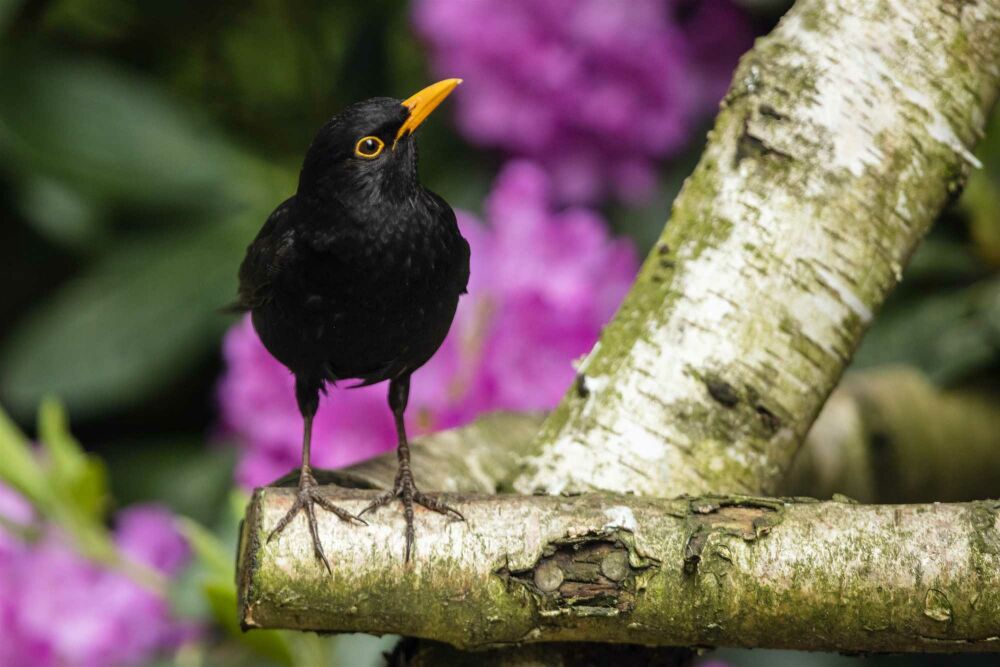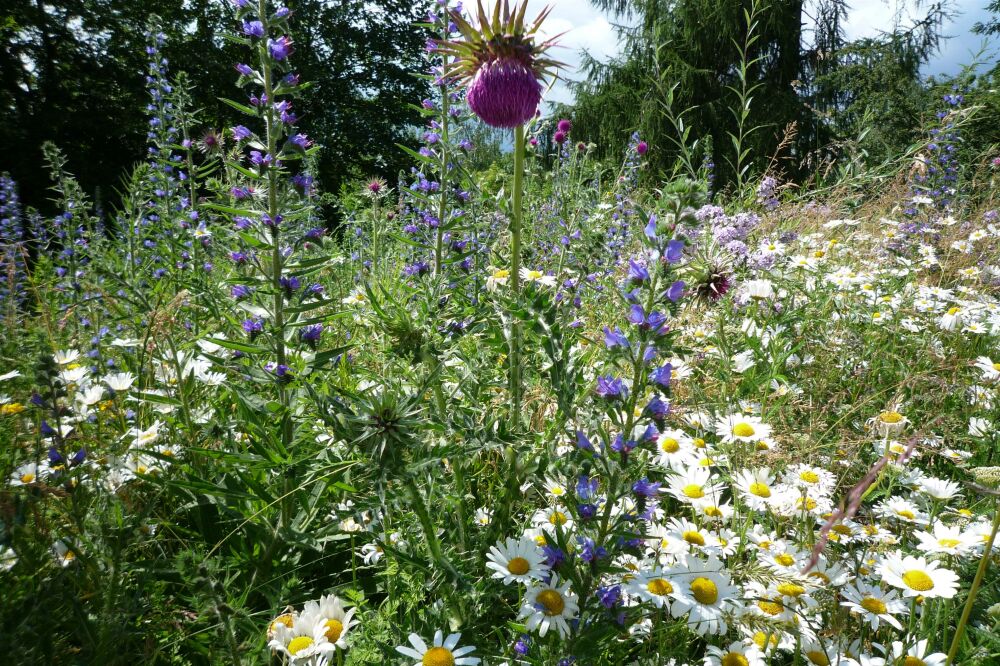Inspiration: create your own cottage garden
Cottage gardens, also known as English gardens, are known for their romantic and informal style. They typically contain lush flowers, winding paths and an abundance of plants. This style of garden exudes a natural charm and creates a space where you can relax and enjoy nature. In this blog, you can learn how to plant your own cottage garden, which plants match this style and how to maintain the garden.
Features of a cottage garden
A cottage garden has several specific features that contribute to its unique atmosphere:
- Lush plants: the garden is filled with a mix of flowers, herbs, bushes and sometimes even vegetables and fruit trees. The plants are placed close together, giving it a full and vibrant look.
- Informal layout: instead of straight lines and symmetry, the cottage garden typically has winding paths and organic shapes. This gives the garden a playful and natural appearance.
- Natural materials: elements such as wooden fences, stone paths and pergolas covered in climbing plants enhance the authentic feel of the garden.
Step by step towards your cottage garden
Design and planning
Start by making a sketch of your garden. Decide where you want to put paths, seating and borders. Remember to use organic shapes and avoid straight lines. Also consider which way your garden faces in relation to the sun, so that you can put the right plants in the right place.
Choose the right plants
The plants are essential to the look of your cottage garden. Below you'll find a few plants that are a perfect match for this style:
- Roses: English roses are especially popular thanks to their fragrance and full flowers.
- Foxglove (Digitalis purpurea): a biennial plant with striking, bell-shaped flowers that gives height and structure to the garden.
- Delphinium (Delphinium): known for its tall flowers in a variety of colours, ideal for the rear of flowerbeds
- Sweet William (Dianthus barbatus): a perennial with colourful umbels that creates a nostalgic atmosphere.
- Climbing plants: plants such as clematis (Clematis vitalba) and wisteria (Wisteria sinensis) are ideal for covering pergolas or walls and add vertical accents to the garden.
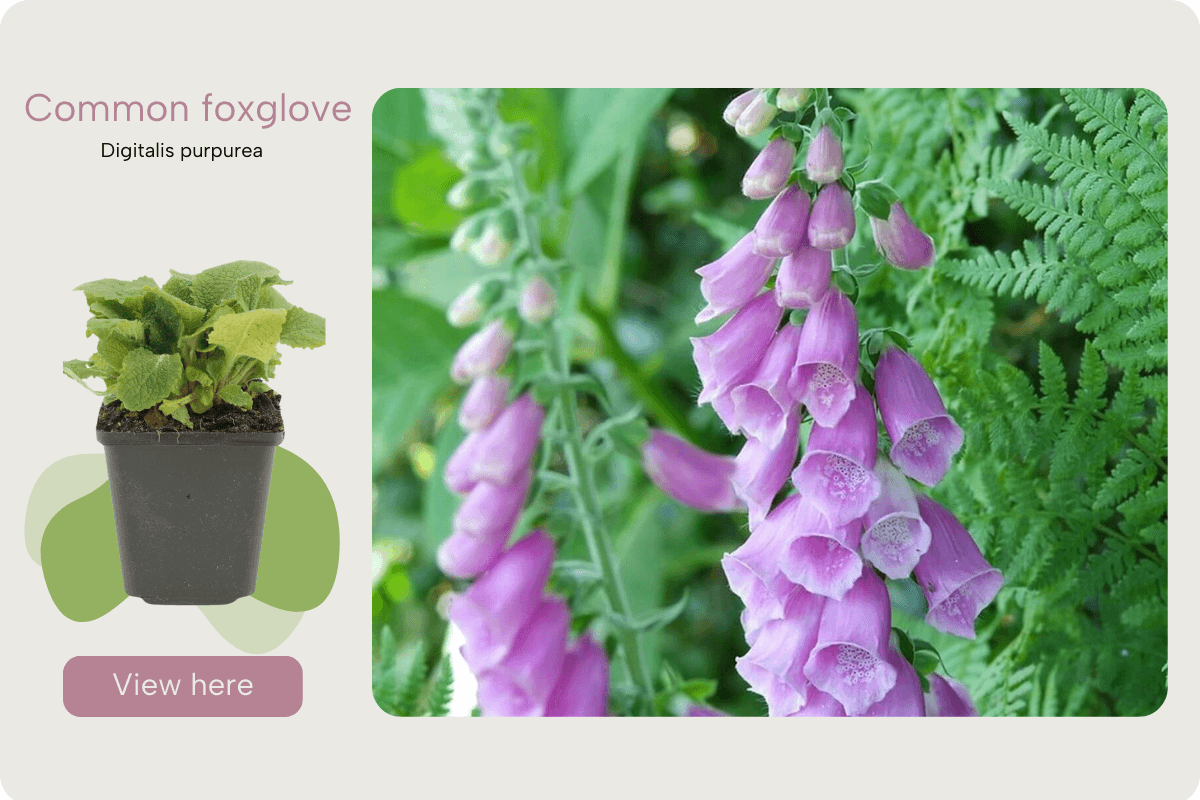
Create structure with hedges and fences
Use low hedges, for example box or privet, to divide different parts of the garden. Wooden fences and gates can serve as access to hidden corners and create a playful effect.
Add decorative elements
A garden bench under a rose arch, a birdbath or an old iron lantern draws the eye and enhances the sense of nostalgia. A small vegetable or herb garden is also a good match with the cottage style and combines functionality with aesthetics.
Maintenance and care
Although a cottage garden has an informal look to it, it does require regular maintenance:
- Pruning: keep climbing plants and bushes in check by pruning them periodically.
- Dividing plants: perennials can be divided after a few years to encourage rejuvenation and fill any gaps.
- Weeding: the density of plants means there's less chance of weeds but be vigilant and remove any unwanted plants in good time.
- Compost: use organic compost to keep the soil healthy and foster rich blooms.
A cottage garden is a charming and relaxed setting in which you can enjoy an abundance of flowers and plants. Opting for an informal layout, using natural materials and a variety of plants enable you to create an atmospheric garden with English charm. With the right care and attention, you'll be able to enjoy your own cottage garden for many years to come.
%20(1).png)
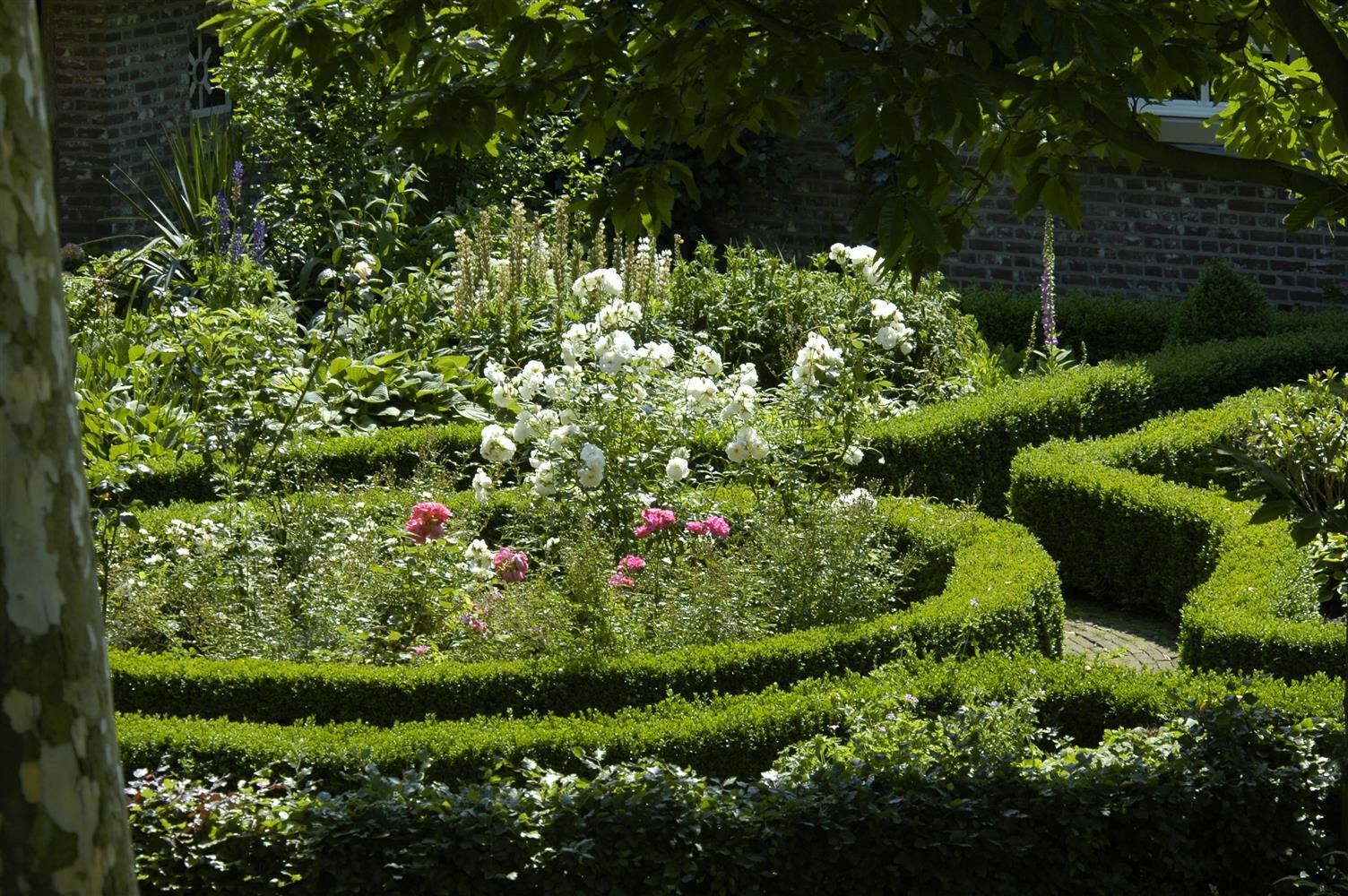

%20(1).png)
